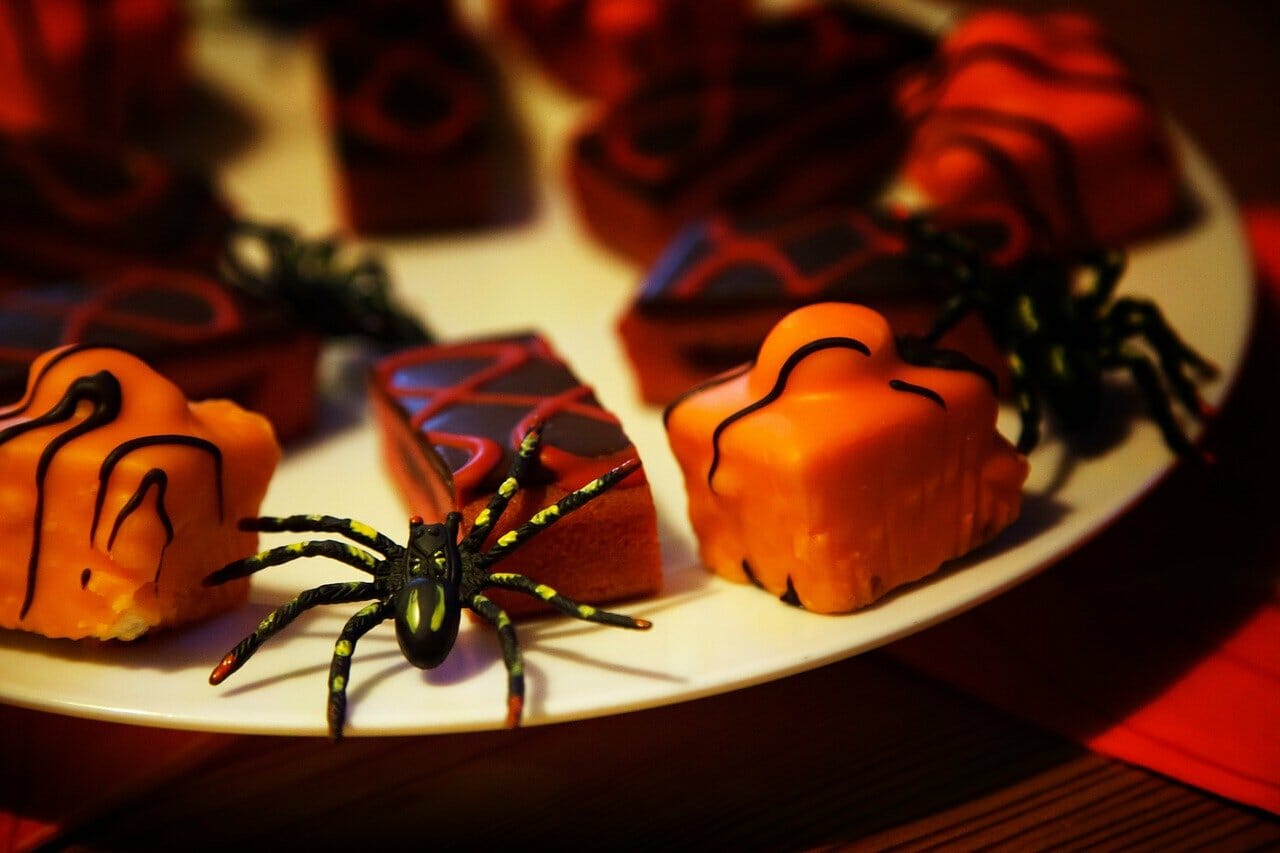For many, Halloween is the first celebration of the holiday season, and in-person celebrations mean the return of trick-or-treating. One scary story that gets told year after year is children receiving tampered with or tainted candy.
It used to be tales of razor blades in apples that brought fear to many parents. Today, with the legalization of recreational marijuana, it’s tetrahydrocannabinol, or THC, the psychoactive compound found in cannabis.
READ ALSO: Top 10 most haunted places in Arizona
Samuel Richard, executive director at the Arizona Dispensary Association, says he has never dealt with or heard of a case where edibles were handed out to children on Halloween.
“I don’t want to be dismissive of people’s concerns, but I want to be absolutely clear that they are overplayed,” he explains. “The people who are most concerned about THC-lacing near Halloween candy are those presenting the evening news.”
Packaging for legal edibles under Prop 207, the proposition that legalized adult-use marijuana in Arizona, requires the labeling to clearly state that the product contains THC. It also “prohibits the advertisement or sale of marijuana products with names that resemble or imitate food or drink brands marketed to children.” Any kind of edible that resembles an existing product is illegal.
“If you find edibles that look like a bag of Skittles or a bag of gummy bears, the folks who are making it are operating illegally, and illicitly,” Richard explains.
The packaging of legal edibles is distinctive and clearly states the product’s ingredients. Simple designs without cute or cartoonish images are the norm; if the packaging is colorful, it does not feature the primary colors that are seen on many kids’ items. Clearly listed on the label are the words “cannabis” and/or “THC” as well as the included amount in milligrams. Edibles also can give of marijuana odors and can have a similar taste — factors would make the products easy to identify if removed from their original packaging.
The high price tag of edibles is another reason folks won’t be handing out THC-infused treats.
Edibles are more expensive than candy, with a bag of 100 mg THC gummies costing as much as $20 to $25. In addition, most of these candies are not individually wrapped, so if someone attempted to hand out any, they would have to do so in a generic baggie, as a whole bar or unwrapped, a giveaway that it is cannabis infused. Unwrapped candy should never be accepted, even if you’re certain it’s not an edible.
When it comes to safely having cannabis in the house during Halloween, Richard says, “As long as you are storing edibles in a place far out of reach of your children, in the same way that you might do with your medication or alcohol, it’s not going to be an issue.
“I constantly think about my kids’ safety from the time that they wake up to the time that I tuck them in for bed every night,” he concludes. “That being said, getting edibles while trick-or-treating does not strike me as something that even breaks the top 500 things that I’m concerned about.”




